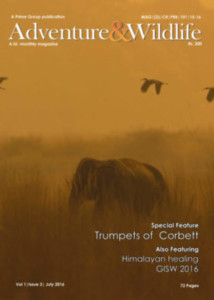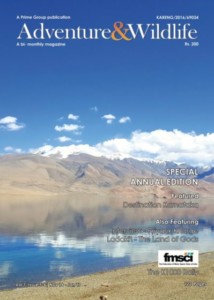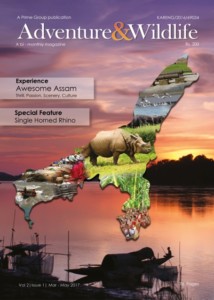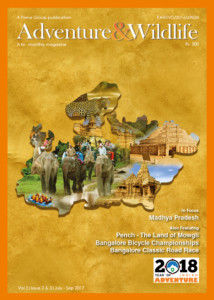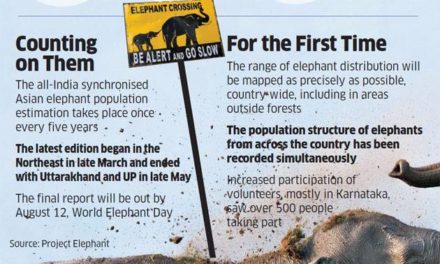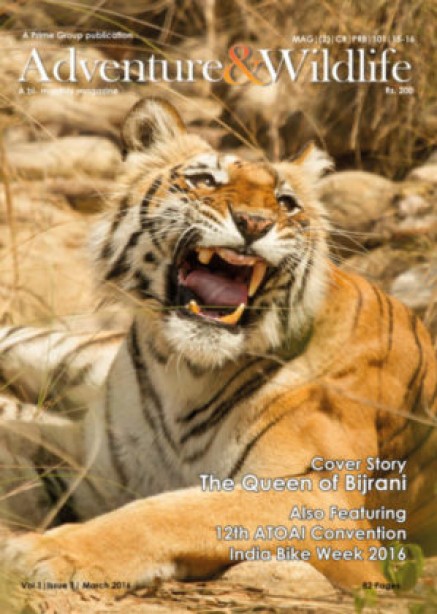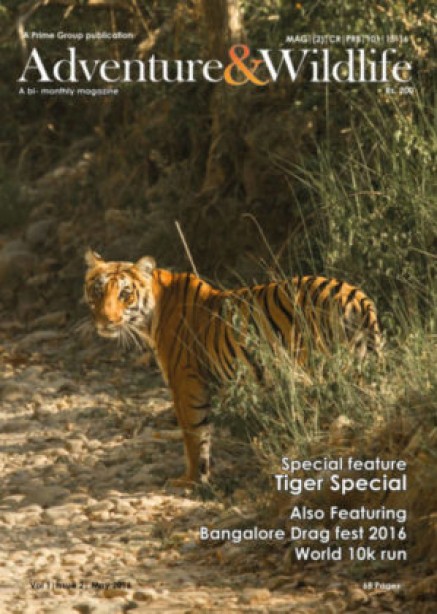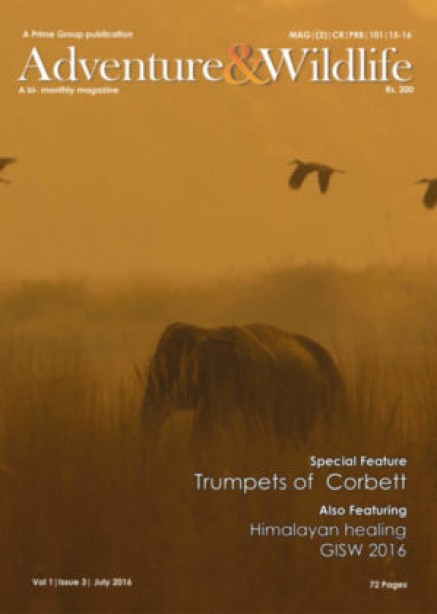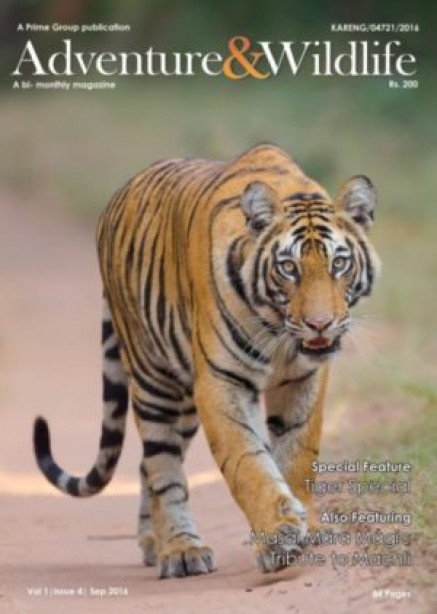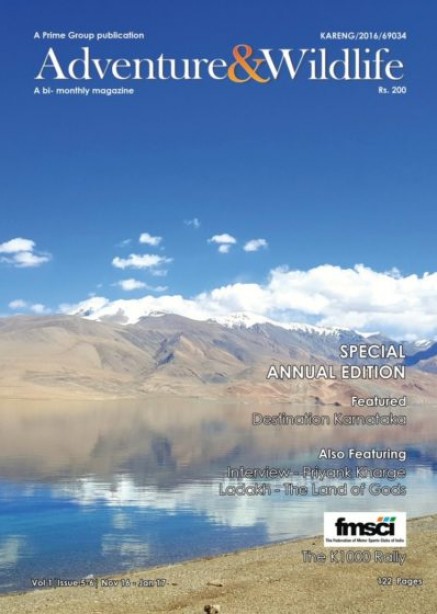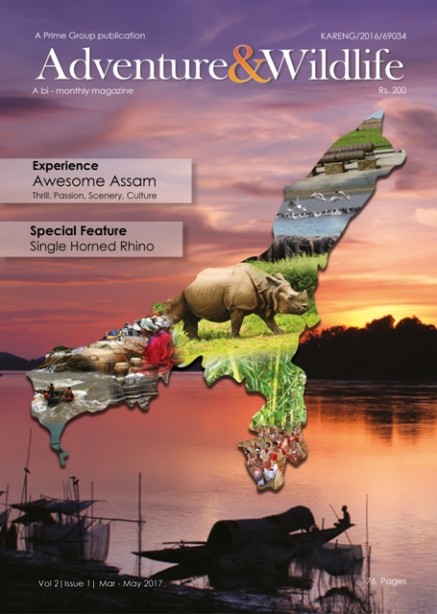
Relook into man-animal conflicts
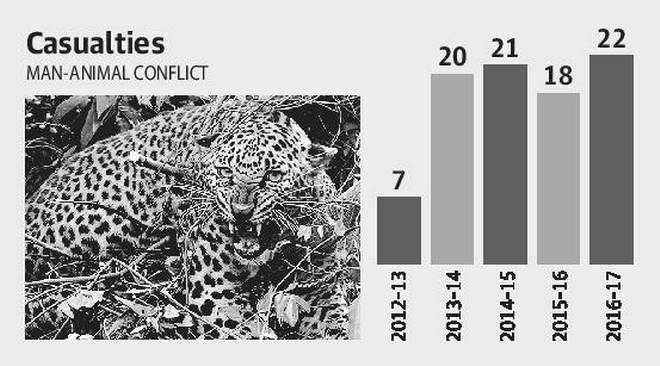
State Wildlife Advisory Board to appoint panel to look into contributing factors
With deaths and losses due to man-animal conflicts increasing, the Forest Department is once again looking into the obvious and hidden reasons behind the perennial issue.
The department is attempting to take a closer look into the issue after six years.
A meeting of the State Wildlife Advisory Board on Wednesday decided to appoint a committee to look into the contributing factors.
The decision attains significance in the wake of the recent incidents in Palakkad where wild elephants strayed into human habitations.
The unusual animal movement, though not resulted in human casualties, had caused panic in the area. Forest officials and law enforcement agencies had a tough time driving them back to the forests.
The Forest Department had identified Palakkad, Wayanad, Devikulam, and Marayur as potential high-risk areas of man-elephant conflict in the State.
In 2016-17, 22 people were killed in man-animal conflicts, while 18 lives were lost in the previous year, according to statistics available with the department.
Last year, ₹9.63 crore was disbursed as compensation for the survivors of the victims. In 2015-16, ₹6.81 crore was distributed as compensation.
K.J. Varughese, Chief Wildlife Warden, Kerala, said there could be factors other than the obvious ones leading to man-animal conflicts. The panel was expected to look into these aspects too.
The panel would have people’s representatives and wildlife experts as well as representatives of farmers. The structure and terms of reference of the panel would be finalised within a week.
In 2011, a panel looked into the issue and submitted an interim report. Later, with the change of guard in the State, the activities of the committee did not progress much, Mr. Varughese said.
“The new panel is expected to give short and long-term suggestions to mitigate the issue,” he said.
The department issued the controversial order permitting shooting of crop-raiding wild boars after the report was submitted in 2011. The government was under pressure from farmers to ease the norms for gunning down the animal, while wildlife conservationists opposed it.
Besides the shortage of food and water, there could also be some other unknown factors triggering the conflict that needed investigation, said Sainuddeen Pattazhi, one of the members on the Wildlife Advisory Board.
Source: http://www.thehindu.com/news/national/kerala/relook-into-man-animal-conflicts/article19504696.ece


